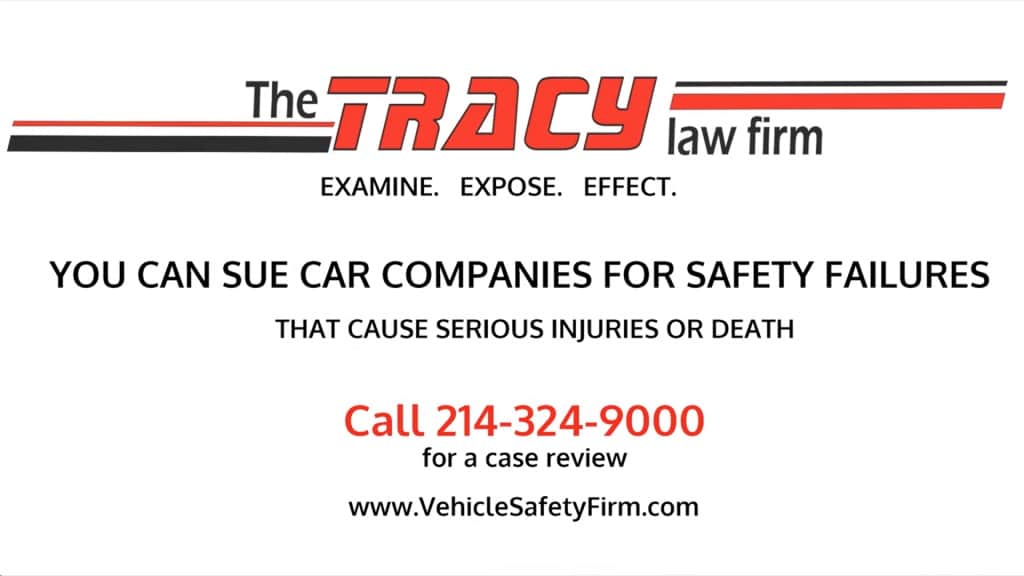Table of Contents
ToggleToyota Rollover Crash
The 2002 Toyota Sequoia SUV incur a rollover crash that was traveling south on U.S. 550 in northern New Mexico. Nothing on the road is more dangerous than losing control of your vehicle. At the moment of your accident, you can only hope that your vehicle is able to withstand the impact and protect you. If the structural integrity of your vehicle failed during a vehicle rollover, you have every right to hold the manufacturer responsible.
The Toyota rollover occurred Monday, July 29 2013 about 85 miles north of Albuquerque, New Mexico. According to New Mexico State Police, the SUV drifted off the roadway and when the driver (18-year-old Siaosi Salesi) tried to control the vehicle, indeed happen to over corrected the vehicle and it rolled several times. The vehicle manufacturing industry has developed many dynamic rollover crash test protocols that simulate what really happens in these accidents. However, domestic manufacturers do not utilize this type of testing because the government does not require it. Until such a test is required and manufacturers are forced to run it on all sport utility vehicles, SUVs will continue to be in violation of the basic principles of crashworthiness.
Ejection-Door Failure in Rollover Crash
19 years old, Polo Manukainiu (a defensive lineman at Texas A&M), Gaius “Keio” Vaenuku, 18, and Lolo Uhatafe, 13 were killed in this SUV rollover crash. Infact, Manukainiu and Lolo Uhatafe were actually ejected from Toyota Sequoia during the rollover which could most likely be the primary reason for the death.
When the door opens in an accident, the occupant is exposed to the risk of ejection or partial ejection even if the individual is wearing a seat belt.
Ejection remains one of the greatest risks, hazards and dangers facing vehicle occupants today because the door systems that are used by some vehicle manufacturers simply do not perform adequately during a crash event. When a vehicle’s door opens during an accident, a large ejection portal is created. When an occupant is ejected from a vehicle, there is a 13 times greater risk of injury to the ejected individual when compared to the people that remain inside the vehicle.

Toyota Rollover Safety Failures
Weak roof structures crush down on the occupants or deform to destroy the occupant’s survival space. Grim statistics underscore how the roof structure remains the vehicle’s weakest safety link.
Rollover accidents account for 16 percent of severe injuries to passenger car occupants and 42 percent of severe injuries to light truck occupants. yet, rollovers only make up 3 percent of all accidents.
Government Rollover Crash Tests Are Unrealistic
The government routinely gives passing rollover test grades to manufacturers that receive failing grades in real-world rollover accidents. The government roof strength standard is weak, and its static test is unrealistic. A rollover is a series of impacts that can involve the front, side, roof, and rear of the vehicle. The government does not require dynamic testing that applies real-world accident forces to the roof.
I found in case-after-case of rollover accident lawsuits that when the roof came down on the person’s head, the force killed or paralyzed the victim.
How To Tell If You May Have A Defective Roof Rollover Accident Case
- The occupants were wearing their seatbelts when the roof crushed down on them.
- They died because of an injury called positional asphyxia.
- The rollover injuries left them paralyzed or quadriplegic.

